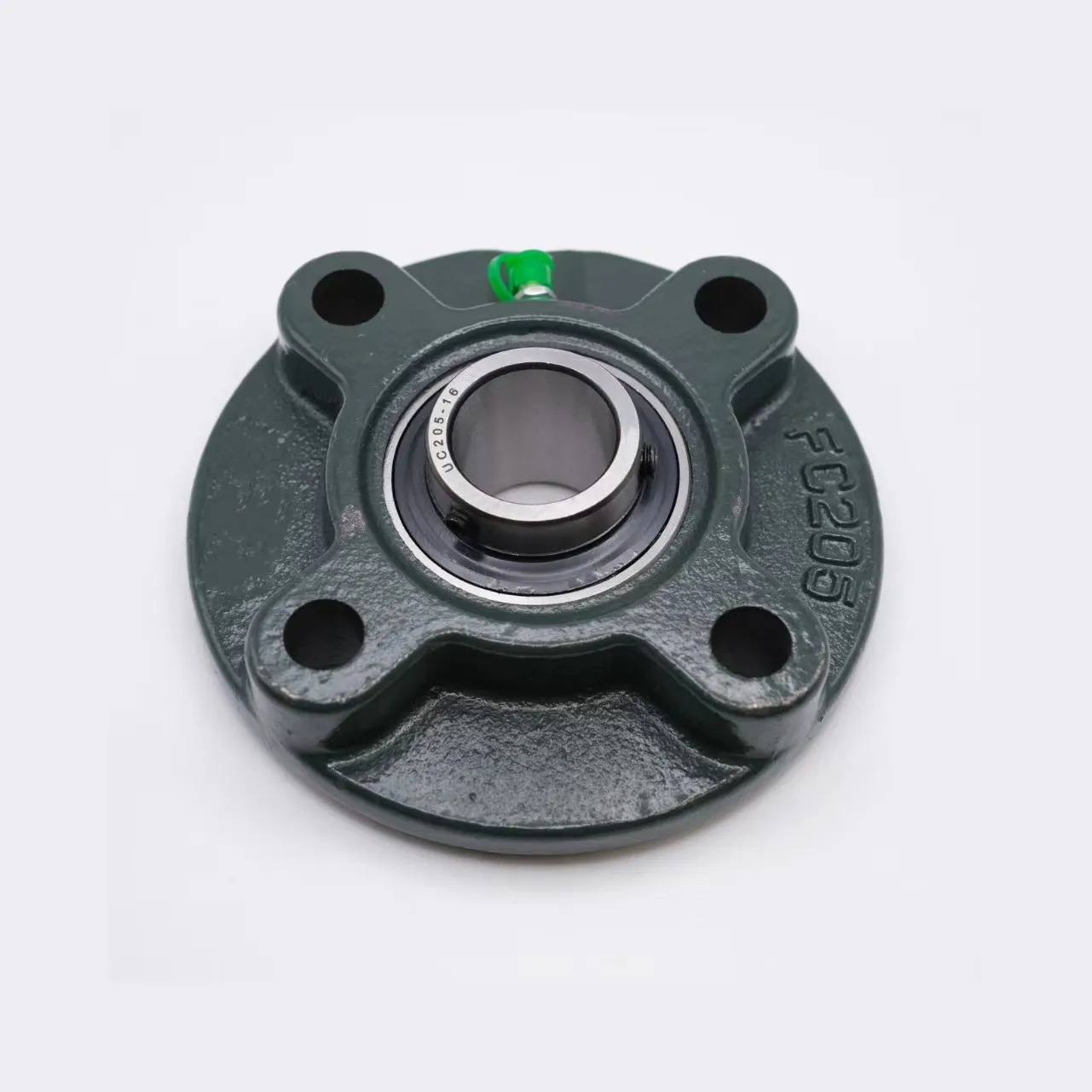Sep . 05, 2024 11:35 Back to list
Custom Special Bearing Sizes - Precision Solutions for Unique Applications
Understanding Custom Special Bearing Sizes
In the realm of engineering and manufacturing, bearings play a crucial role in ensuring the smooth operation of machinery. Among the various types of bearings, custom special bearing sizes have become increasingly important. These tailored components are designed to meet specific application requirements, providing enhanced performance and reliability.
What are Custom Special Bearings?
Custom special bearings are precision-engineered components designed to fit unique dimensions and specifications that standard bearings may not accommodate. Unlike off-the-shelf bearings, these custom solutions address particular challenges presented by different operating environments and equipment designs. Industries such as aerospace, automotive, robotics, and heavy machinery often require specialized bearings due to factors like space constraints, load requirements, and environmental considerations.
The Importance of Customization
The need for custom bearings arises from several factors
1. Unique Design Requirements Many machines have specific design constraints, such as limited space or unusual load orientations. Custom bearings can be engineered to fit these constraints precisely, ensuring optimal performance.
2. Performance Specifications Some applications demand bearings that can handle extreme temperatures, high speeds, or unusual loads. Custom bearings can be designed with specialized materials and geometries to meet these performance criteria.
3. Enhanced Reliability In critical applications, such as aerospace and medical devices, the failure of a bearing can lead to catastrophic results. Custom bearings can be tested rigorously to ensure they meet safety and reliability standards specific to the application.
custom special bearing sizes

4. Cost-Effectiveness While custom bearings may involve higher initial costs, they can lead to significant savings in the long run by reducing maintenance needs and extending the lifespan of machinery.
The Custom Bearing Design Process
Creating a custom special bearing involves several steps
1. Consultation and Assessment The first step is to understand the specific needs and constraints of the application. Engineers work closely with clients to gather all necessary information regarding load conditions, speed, environment, and space limitations.
2. Design and Prototyping Once the requirements are clear, engineers use advanced design software to create the bearing's specifications. Prototypes might be produced using rapid prototyping technologies, allowing for testing and evaluation before final production.
3. Material Selection Depending on the application's demands, different materials can be selected. Options range from standard steel to advanced composites or specialized alloys designed to withstand extreme conditions.
4. Manufacturing and Quality Control After approval of the design, the manufacturing process begins. Precision machining techniques are employed to create bearing components that meet exact specifications. Comprehensive quality control measures are implemented to ensure every bearing complies with industry standards.
Conclusion
Custom special bearing sizes play an essential role in modern engineering, providing solutions to complex design challenges across various industries. By leveraging precise engineering and tailored manufacturing processes, businesses can enhance the performance and longevity of their machinery. As technology advances and industries evolve, the demand for custom bearings will likely continue to grow, offering innovative solutions to meet ever-changing demands.
Latest news
-
25MM 2 BOLT UCFLX05-14 Flange bearing unit( oval)
NewsMar.07,2025
-
4 bolt UCF 200 series Pillow block bearings
NewsMar.07,2025
-
25MM 2 BOLT UCFLX05-14 Flange bearing unit( oval)
NewsMar.07,2025
-
UCF216-50 4-Bolt Flange Housing Square Bearing
NewsMar.07,2025
-
25MM 2 BOLT UCFLX05-14 Flange bearing unit( oval)
NewsMar.07,2025
-
spherical roller bearing material exporter
NewsMar.07,2025





